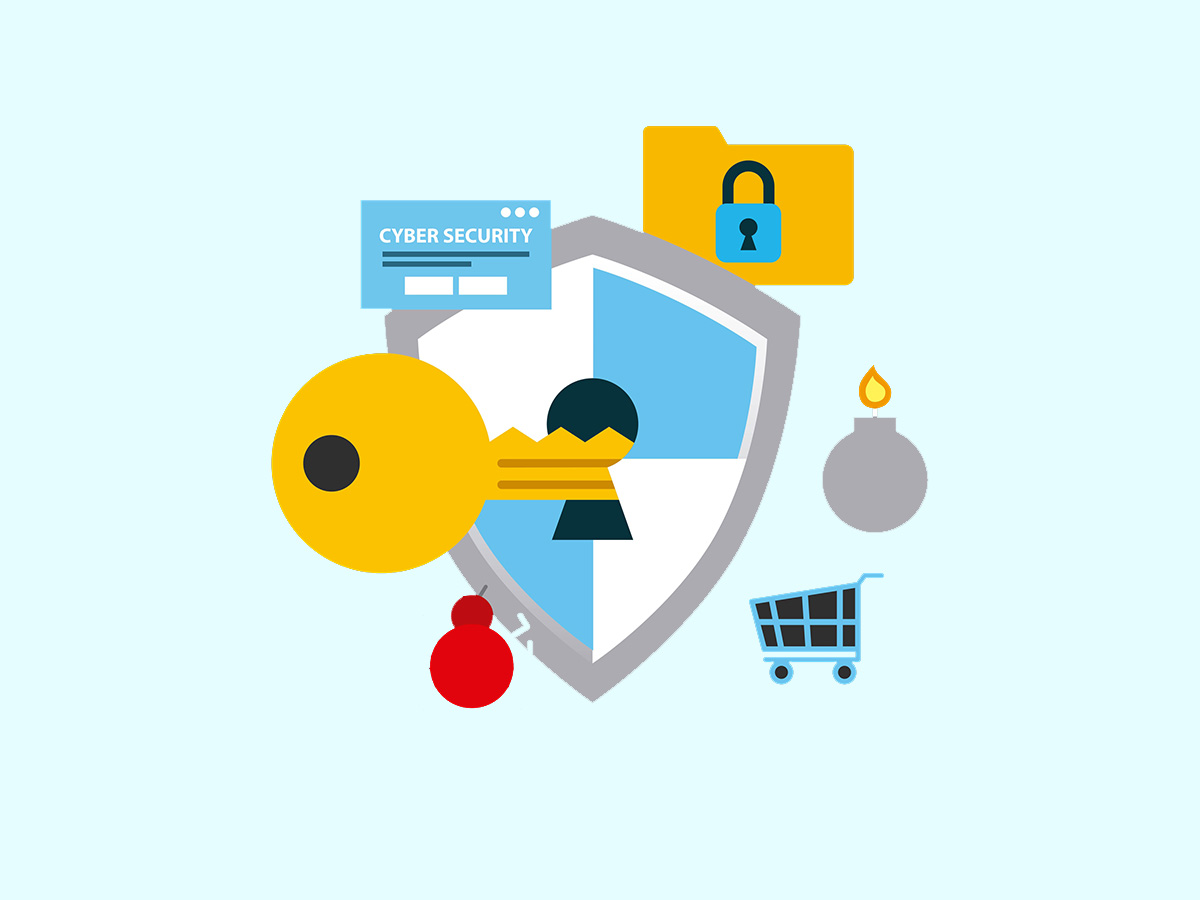Point-to-Point Protocol, often shortened to PPP, is a commonly used data link protocol. It is designed for simple, direct connections between two nodes. It can provide connection authentication, transmission encryption, and compression. PPP is often used over dial-up connections to connect home computers to Internet Service Providers (ISPs).
Point-to-Point Protocol (PPP) Examples
1. Home File Transfer
In a typical home setting, you might have two computers that you want to connect for file transfers. Think about transferring photos from your laptop to your desktop without using any external storage or cloud services. The simplest way to do this is with a direct cable connection (via Ethernet, for example) between the two computers.
Stay One Step Ahead of Cyber Threats
When you use this kind of setup, Point-to-Point Protocol (PPP) can assist in this process. The PPP wraps your data in packets, handles error detection, and even manages control of the established link. Additionally, it provides a layer of security. The data you send and receive is only accessible by the two linked devices, lessening the risk of outside interference or data leaks.
Thus, in this scenario, PPP allows for a streamlined, secure, and direct file transfer between two nodes – in this case, your laptop and desktop. It’s an easy and relatively quick way to move files between two computers in your home.
2. Dial-up Internet Connection
Before broadband and wireless connections became as widespread as they are today, dial-up modems were a popular way to connect to the internet. A user’s home computer would use a modem to dial a phone number associated with their Internet Service Provider, or ISP.
This is where the Point-to-Point Protocol (PPP) becomes crucial. In establishing a dial-up connection, the ISP would use PPP to authenticate the user’s credentials. This secure method prevents unauthorized users from gaining internet access through your account. It verifies that it’s actually you who’s connecting to the service.
After successful authentication, PPP handles the formation of the internet connection. It allows the transfer of data packets between your home computer and the ISP, ensuring reliable internet access. So, in a dial-up scenario, PPP plays a vital role in securing and maintaining your web connection.
3. Connecting Remote Offices
Businesses and organizations often have more than one office location, sometimes even in different cities or countries. In order to work efficiently and collaborate, these offices need to be connected directly and securely. A dedicated communication line, also known as a leased line, is one way to achieve this.
Say an organization has two offices—Office A and Office B—located in different cities that need to share sensitive data regularly. One of the methods they might use is a leased line, which is essentially a reserved circuit within a network, for their exclusive use.
In this scenario, the Point-to-Point Protocol (PPP) would be used to establish a secure link over this leased line. This line connects the network in Office A directly to the network in Office B. Using PPP, these two networks can safely exchange data, with PPP ensuring the integrity, privacy, and effective delivery of the information. Therefore, PPP plays an essential role in such business scenarios, enabling seamless and secure interoffice connectivity.
Conclusion
From facilitating straightforward tasks such as transferring files between two home computers, to managing internet connections via dial-up, and even enabling secure communication between different offices in a business, the Point-to-Point Protocol (PPP) plays an integral role. Its primary function of establishing a direct, secure link between two nodes makes it both a versatile and vital tool in the realm of data communication.
Key Takeaways
- Point-to-Point Protocol (PPP) is used for direct, simple connections between two nodes.
- PPP provides connection authentication, transmission encryption, and compression, helping to maintain security and data integrity.
- PPP is commonly used for dial-up connections, connecting home computers to Internet Service Providers (ISPs).
- In the context of file transfer, PPP can ensure a safe and direct exchange of data between two home computers connected by a cable.
- Organizations with distant branches often use PPP over leased lines to have a secure and reliable communication line between offices.
Related Questions
1. How does PPP provide security in data communication?
PPP provides authentication protocols that validate the identity of the connected nodes during the connection establishment phase. This ensures that only authorized nodes have access to the connection, enhancing the security of the data exchange.
2. What is the importance of PPP in dial-up internet connections?
In a dial-up internet connection, PPP is crucial because it authenticates the access details provided by the user, ensuring that the connection is made by an authorized party. Additionally, it handles the transfer of internet data, making it essential for maintaining a stable internet connection.
3. Can PPP support multiple protocols?
Yes, one of the significant features of PPP is its ability to simultaneously handle multiple protocols. It can encapsulate these different network-layer protocols for transmission over a single data link.
4. How does PPP enhance file transfer between two computers at home?
PPP ensures a direct and secure connection for transferring files between two computers. It manages the formation of the data link, error detection, and encapsulation of data packets, making the process efficient and secure.
5. Why is PPP beneficial for businesses with multiple office locations?
For businesses with offices in different locations, PPP plays a key role in providing secure, reliable communication over leased lines. It allows a streamlined exchange of data while ensuring data confidentiality and integrity, enhancing interoffice collaboration.
"Amateurs hack systems, professionals hack people."
-- Bruce Schneier, a renown computer security professional






